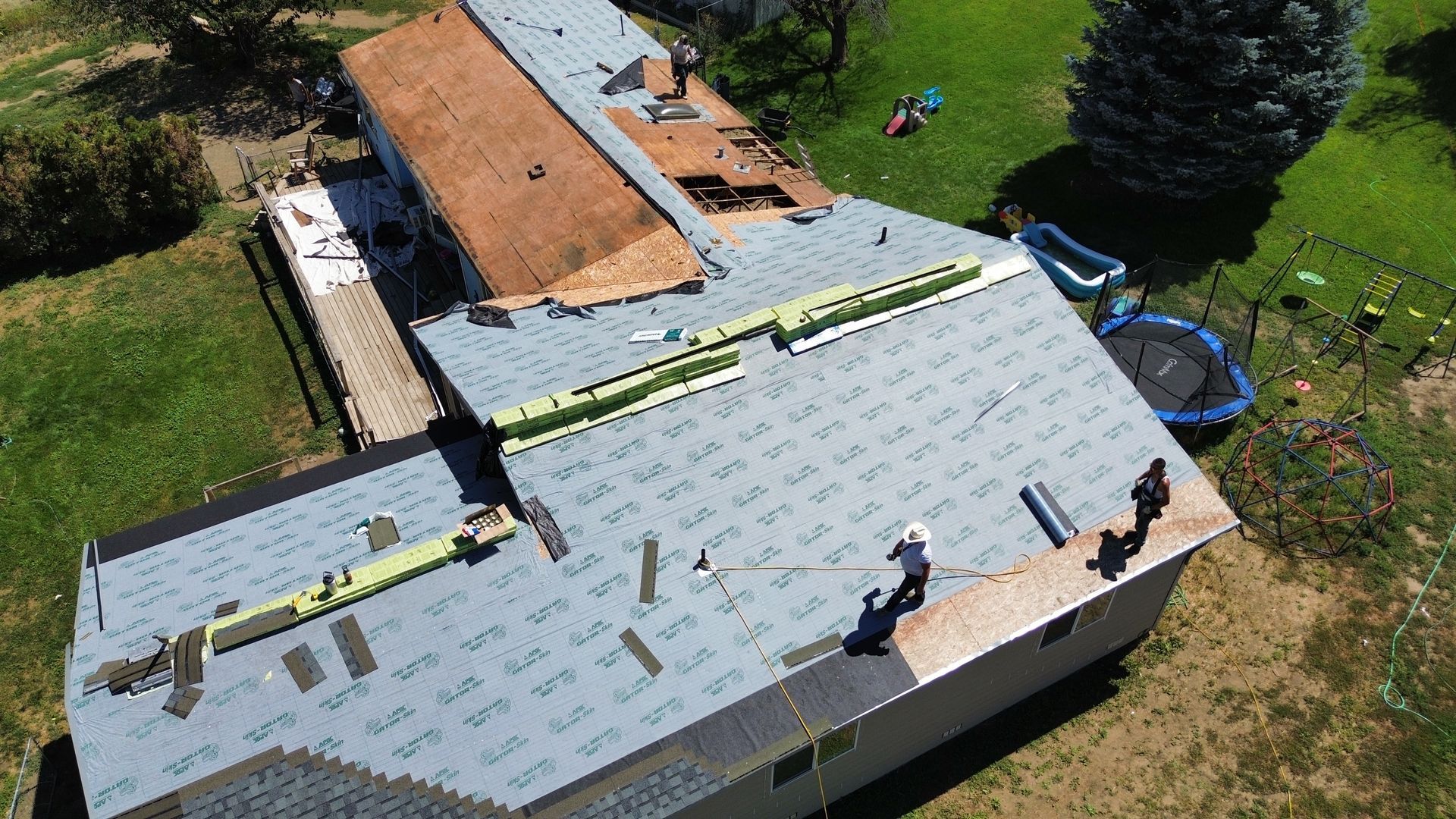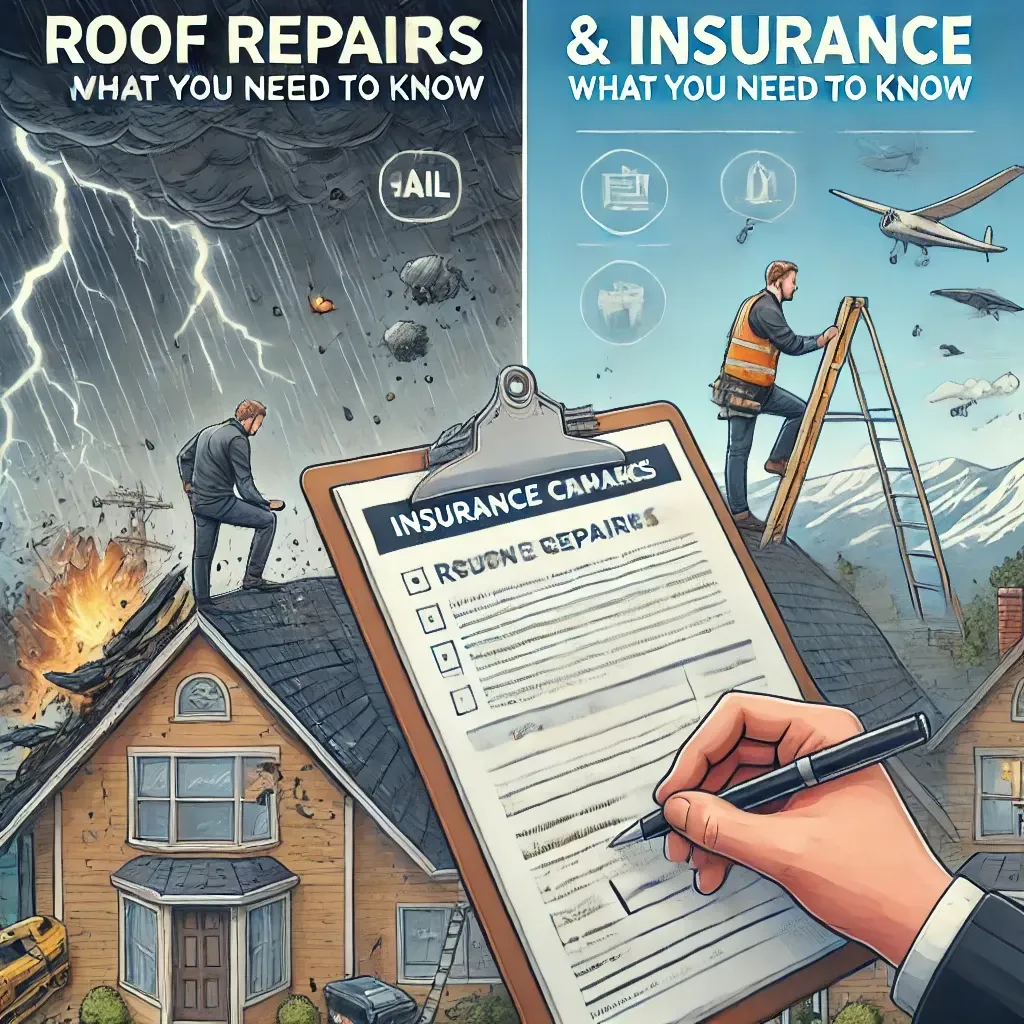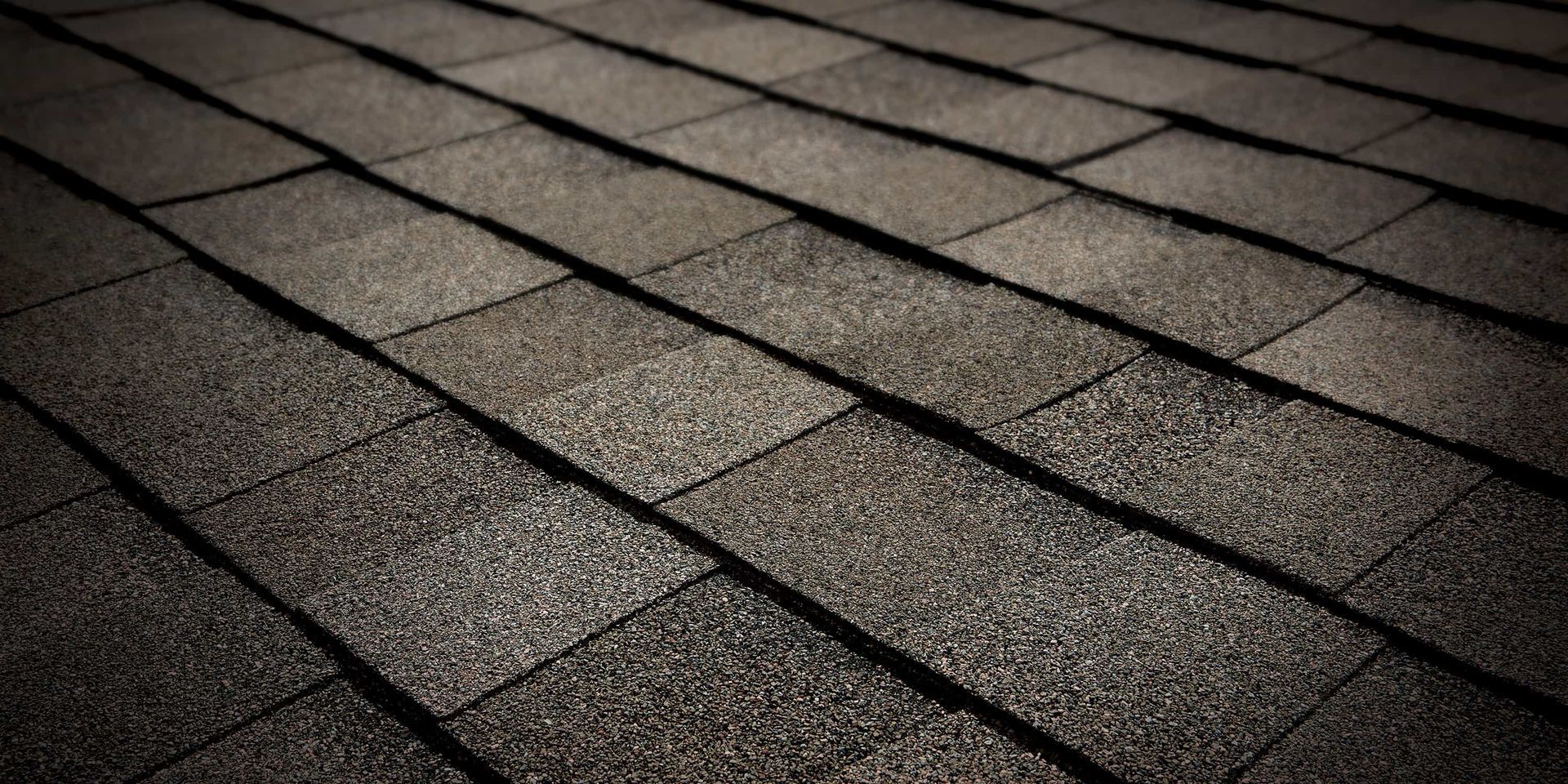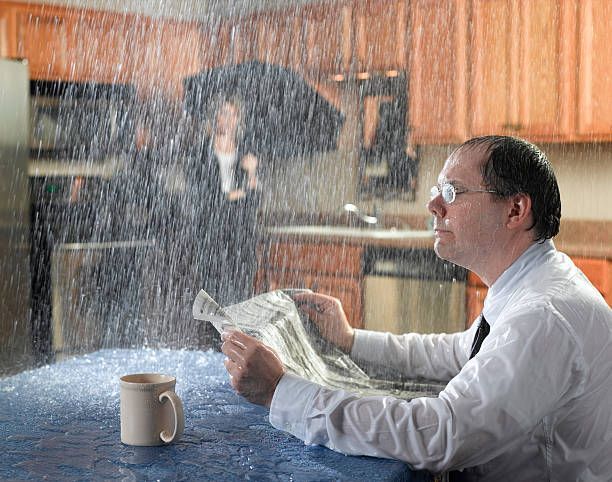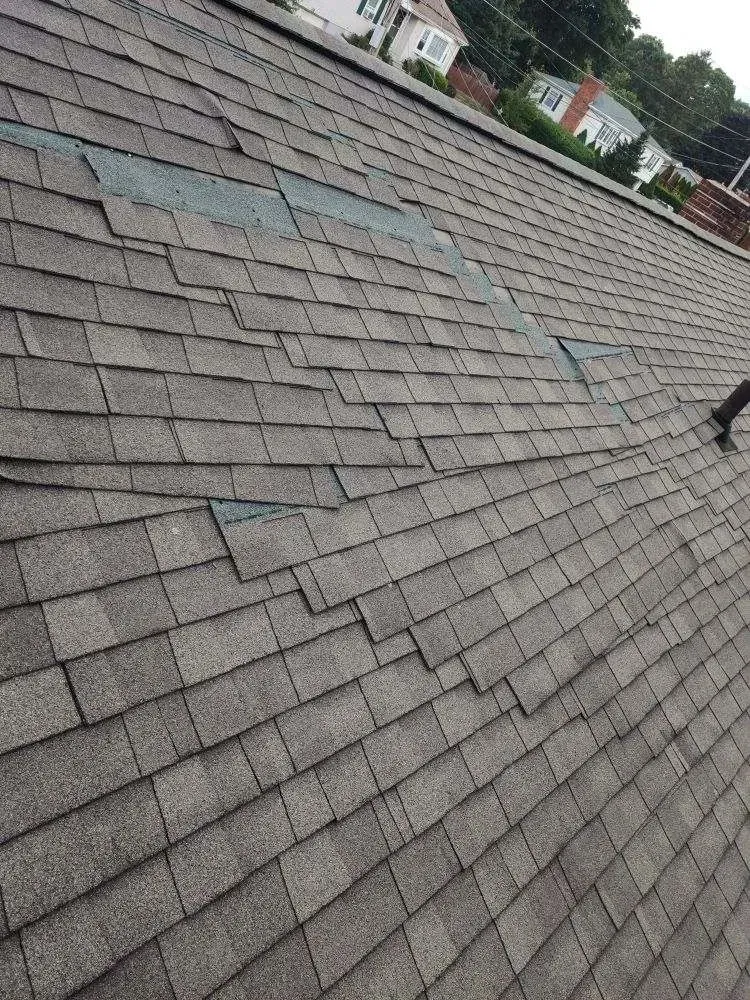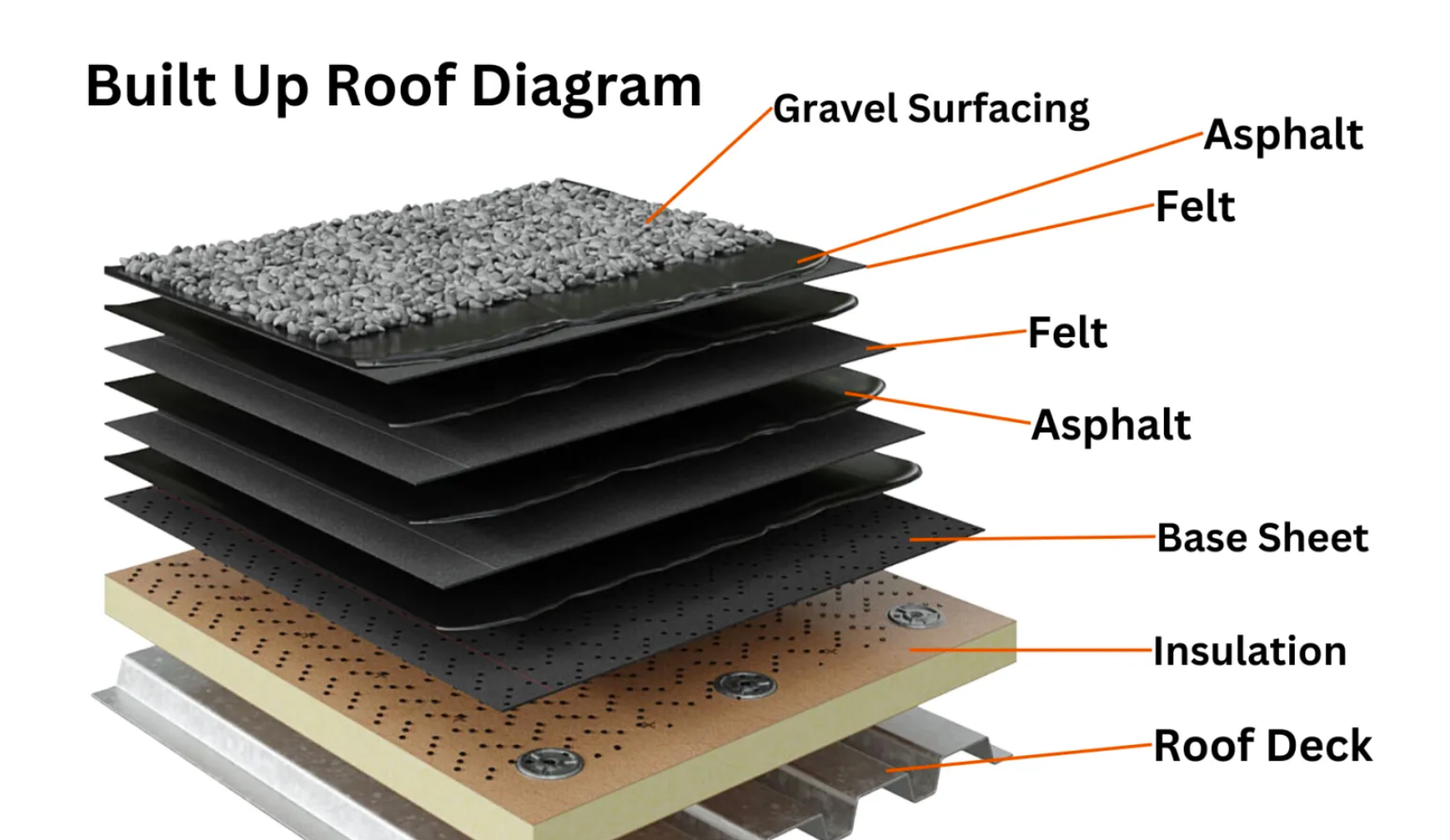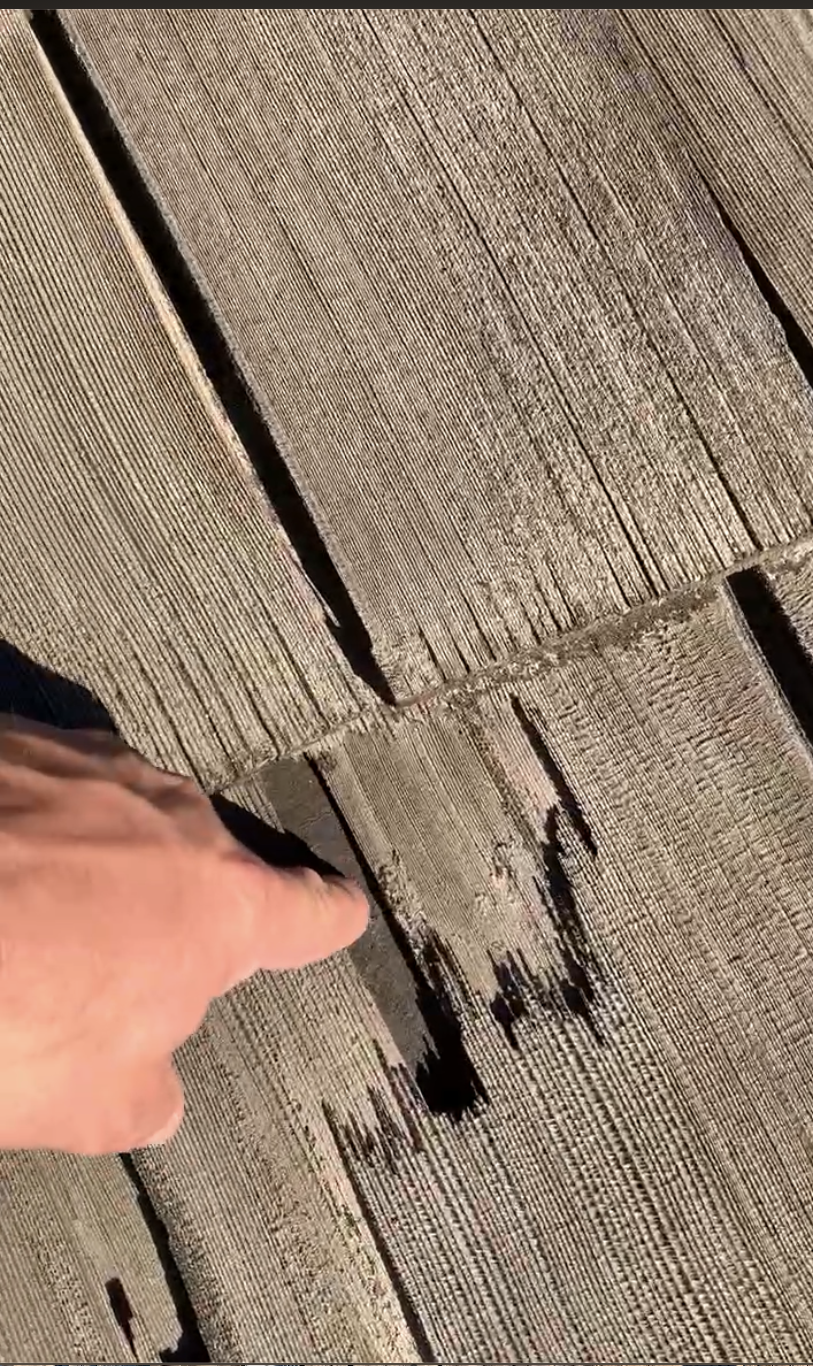What to Do If Your Roof Is Leaking During a Storm: A Guide for Yakima Homeowners
What to do if your roof is leaking during a storm

A leaking roof is a homeowner's nightmare, especially during a storm. In Yakima, Washington, where unpredictable weather can bring heavy rain, wind, and even snow, roof leaks are not uncommon. If you notice water dripping or pooling in your home during a storm, acting quickly can minimize damage and prevent costly repairs.
Here’s a step-by-step guide on what to do if your roof starts leaking in the middle of a storm.
1. Stay Calm and Prioritize Safety
First and foremost, ensure the safety of everyone in your home. Water leaks can cause slip hazards, electrical issues, and structural damage.
- Turn Off Electricity: If water is near electrical outlets or fixtures, shut off the power to that area to avoid electrical shock.
- Avoid the Affected Area: Stay away from any part of the ceiling that is sagging or dripping heavily, as it could collapse.
2. Contain the Water
Once it’s safe, work to contain the water and minimize further damage.
- Use Buckets or Pots: Place containers under the leak to catch dripping water.
- Protect Your Belongings: Move furniture, electronics, and other valuables out of the way. Use plastic sheets or tarps to cover anything you can't move.
- Relieve Pressure: If water is pooling and causing the ceiling to bulge, carefully poke a small hole in the center to allow water to drain in a controlled way. Use a bucket to catch the flow.
3. Identify the Source of the Leak (If Possible)
Although it may be difficult to pinpoint the source during a storm, some leaks are obvious. Look for:
- Damaged or Missing Shingles: Composition shingles, common in Yakima, are durable but can be displaced by strong winds or hail.
- Clogged Gutters: Debris can block gutters, causing water to overflow and seep under your roof.
- Flashing Issues: Improperly installed or corroded flashing around vents, chimneys, or skylights can allow water to enter.
If the leak is too severe or you can’t locate the source, wait until the storm passes and call a professional roofing contractor in Yakima to inspect the damage.
4. (IF) you decide to Use a Temporary Fix (Emergency only)
While you wait for the storm to subside or for professional help, you can use temporary solutions to minimize water entry.
The roof can be slick and any time you get on the roof you are in danger. However, as a homeowner or DIY person, you may want to take action to minimize further damages
- Tarp the Roof: If you have a sturdy ladder and the storm is mild, you can cover the damaged area with a waterproof tarp. You will want to try and place the tarp over a ridge or tuck it under a row of shingles. In this case, use nails and boards to secure the tarp. If you suspect that a penetration is the cause of the leak, a tarp may not help, especially around any sort of penetrations that exhaust heat, a tarp won't be able to cover those types of penetrations like heat exhaust vents and chimneys.
- Ladder safety, the ground may be slick your ladder can slip out from you. make sure its on level ground and have someone stand at the bottom with their feet pushing against the feet.
- Your ladder can slip from side to side on the gutters, it's best to tie it off to the gutter.
- Do not step on the rung that is above the eave, this is the fulcrum point. Adding weight above the eave turns the ladder into a lever and the bottom can slip out from under you.
-
- Seal Small Gaps: For minor leaks, roofing tape or sealant can be applied as a temporary fix.
- Redirect Water: If the leak is caused by overflowing gutters, use a stick or tool to remove debris and restore water flow.
5. Document the Damage
After containing the immediate issue, document the damage for insurance purposes.
- Take Photos: Capture images of the leak, affected areas, and any visible roof damage.
- Write Notes: Record when the leak started, the extent of the damage, and any temporary repairs you’ve made.
6. Contact a Yakima Roofing Expert
Once the storm passes, reach out to a trusted Yakima roofing contractor to assess the damage and perform repairs. Local experts are familiar with the materials and techniques that work best for Yakima’s climate. They can also recommend solutions to prevent future leaks, such as using high-quality composition shingles or improving roof ventilation.
Why Choose a Local Yakima Roofing Contractor?
- Familiarity with the Area: Yakima roofing professionals understand how local weather impacts roofs and can recommend durable materials for your specific needs.
- Fast Response Time: Local contractors can quickly evaluate your roof and provide immediate solutions.
- Expertise with Composition Shingles: Composition shingles are a popular choice in Yakima due to their affordability and durability. Local contractors know how to install and repair them to ensure long-lasting protection.
7. Prevent Future Roof Leaks
To avoid roof leaks in the future, invest in regular maintenance and inspections.
- Schedule Annual Roof Inspections: Have your roof checked by a professional each year and after severe weather events.
- Keep Gutters Clean: Clear debris from gutters and downspouts to prevent water buildup.
- Trim Overhanging Branches: Prevent falling branches from damaging your roof during storms.
Don’t Wait—Call for Professional Help
Roof leaks during a storm can feel overwhelming, but acting quickly and contacting the right professionals can save you from extensive damage. If you’re in Yakima, trust a local roofing contractor who understands the unique challenges of roofing in our area.
Whether it’s a quick repair or a full roof replacement, we’re here to help protect your home and give you peace of mind. Contact us today for expert roofing services tailored to Yakima homeowners!
